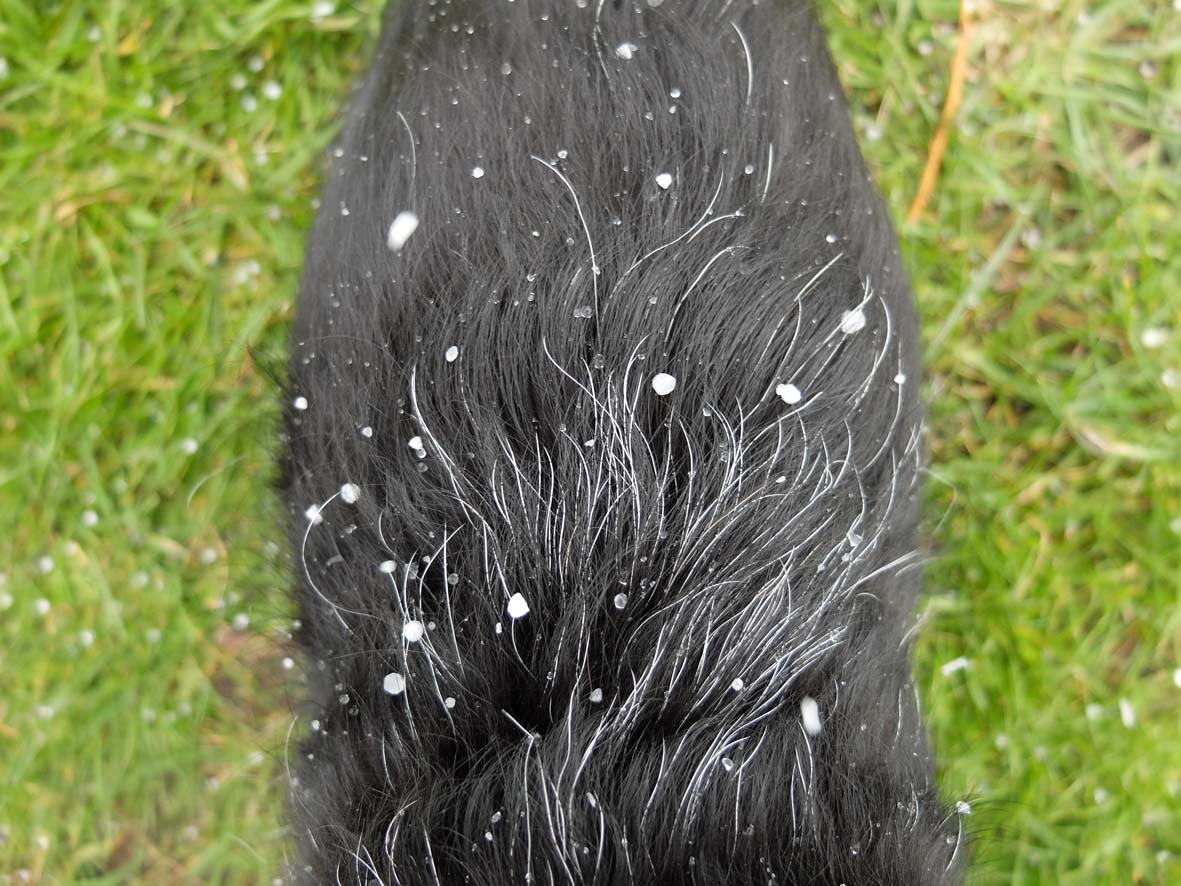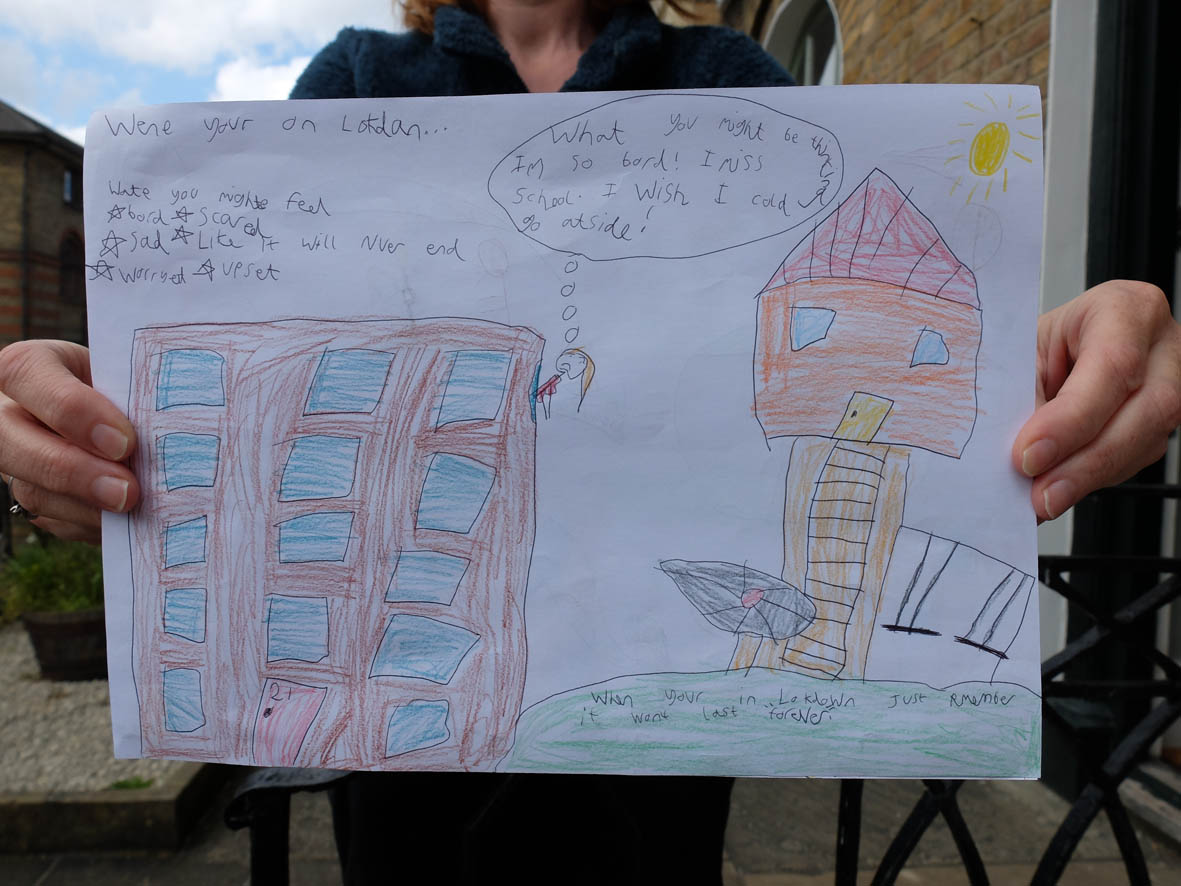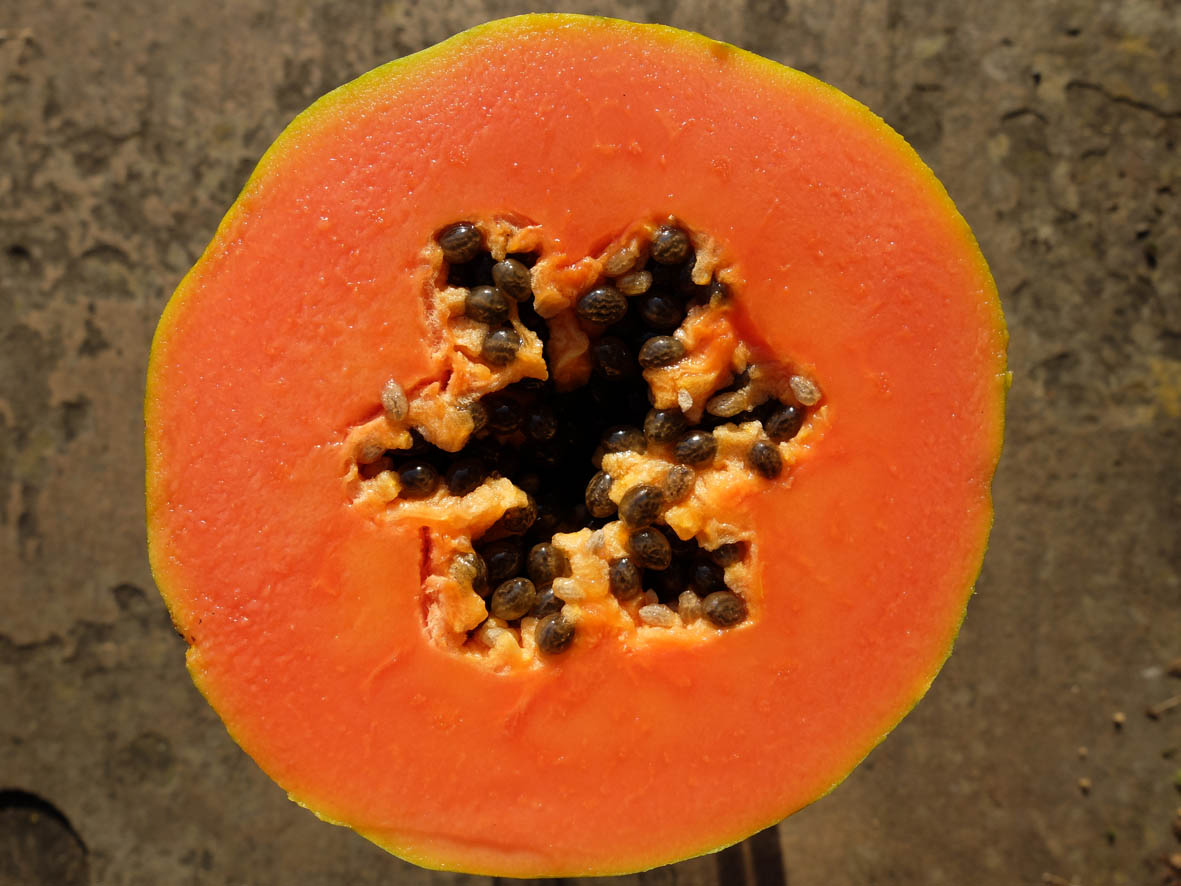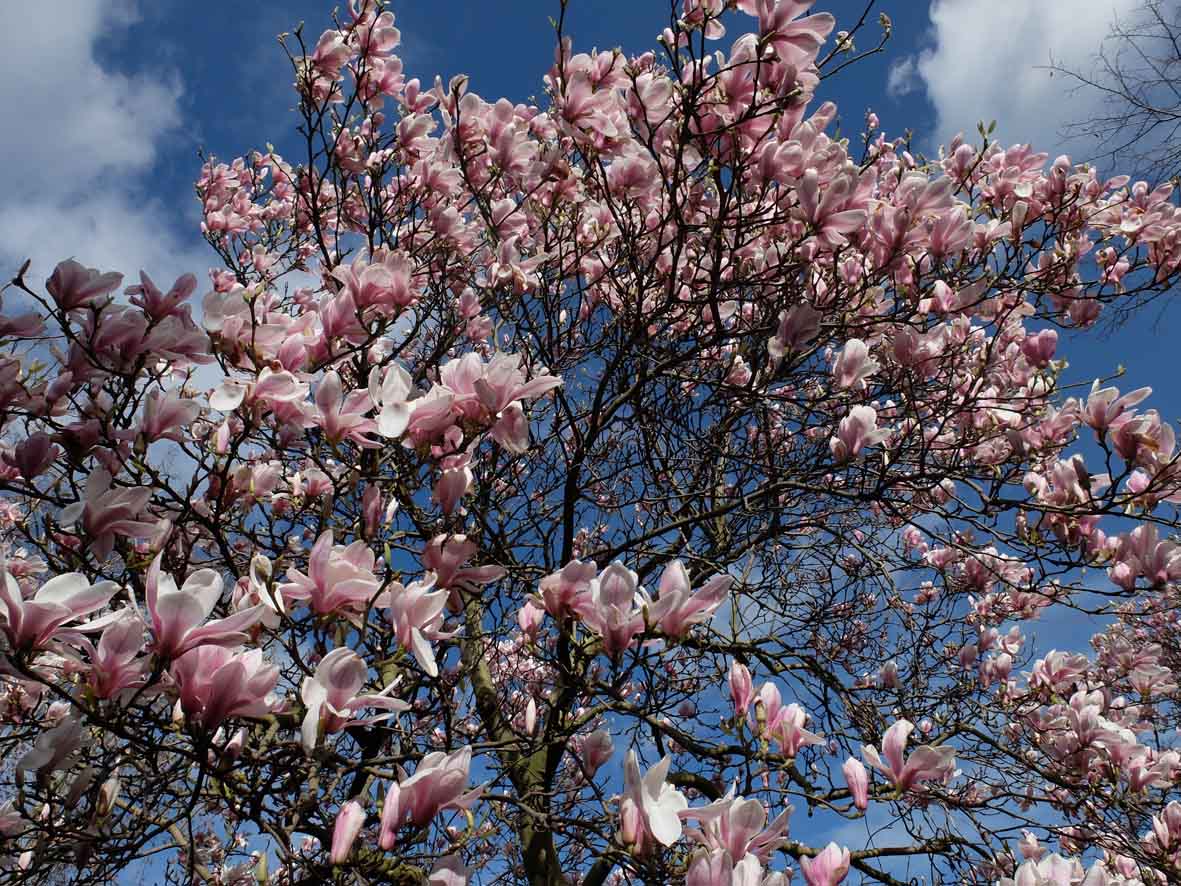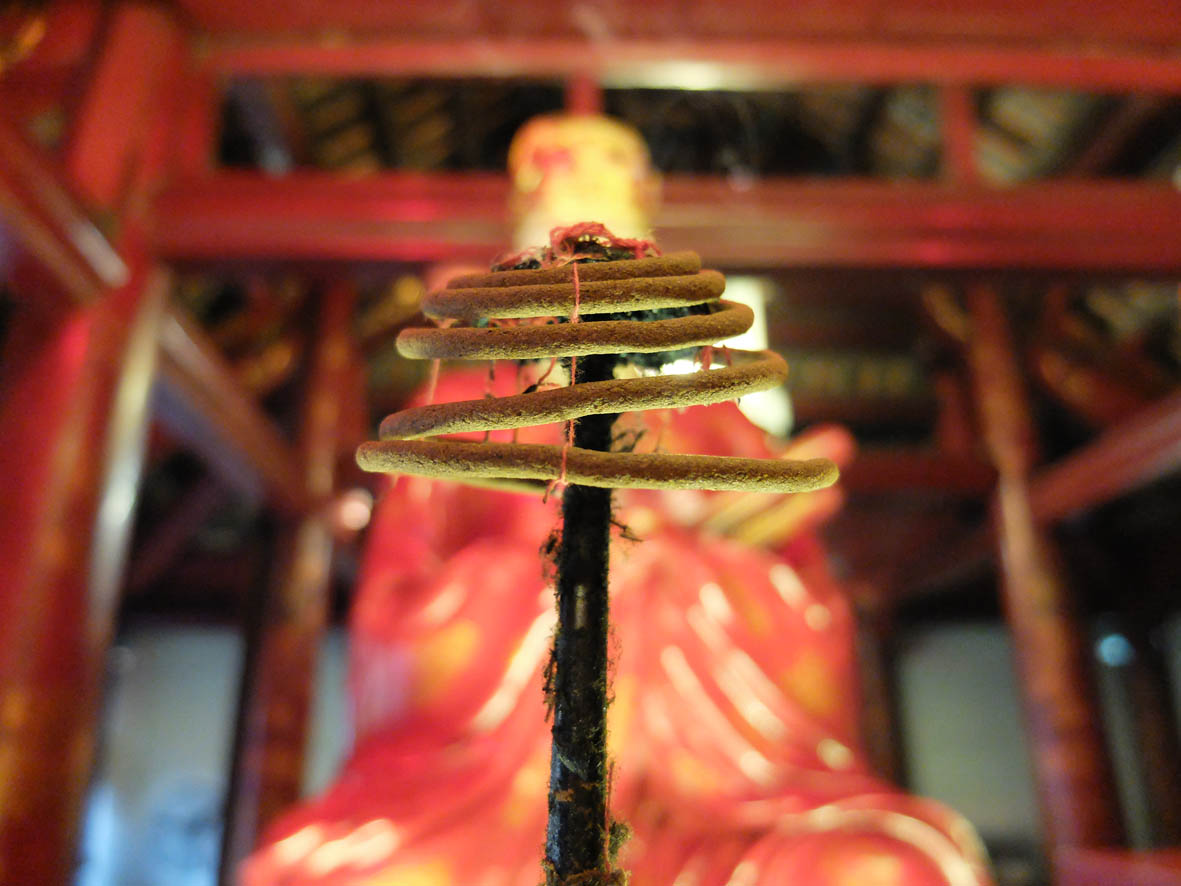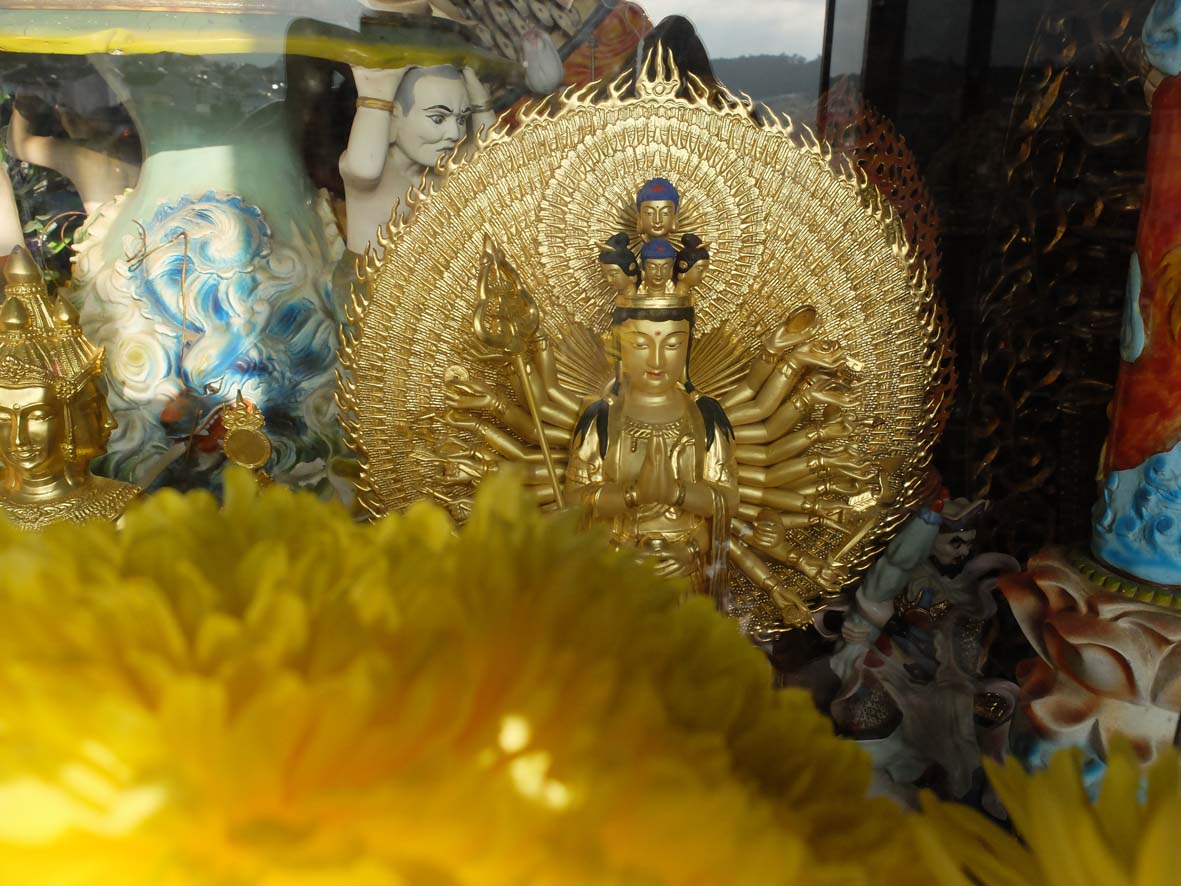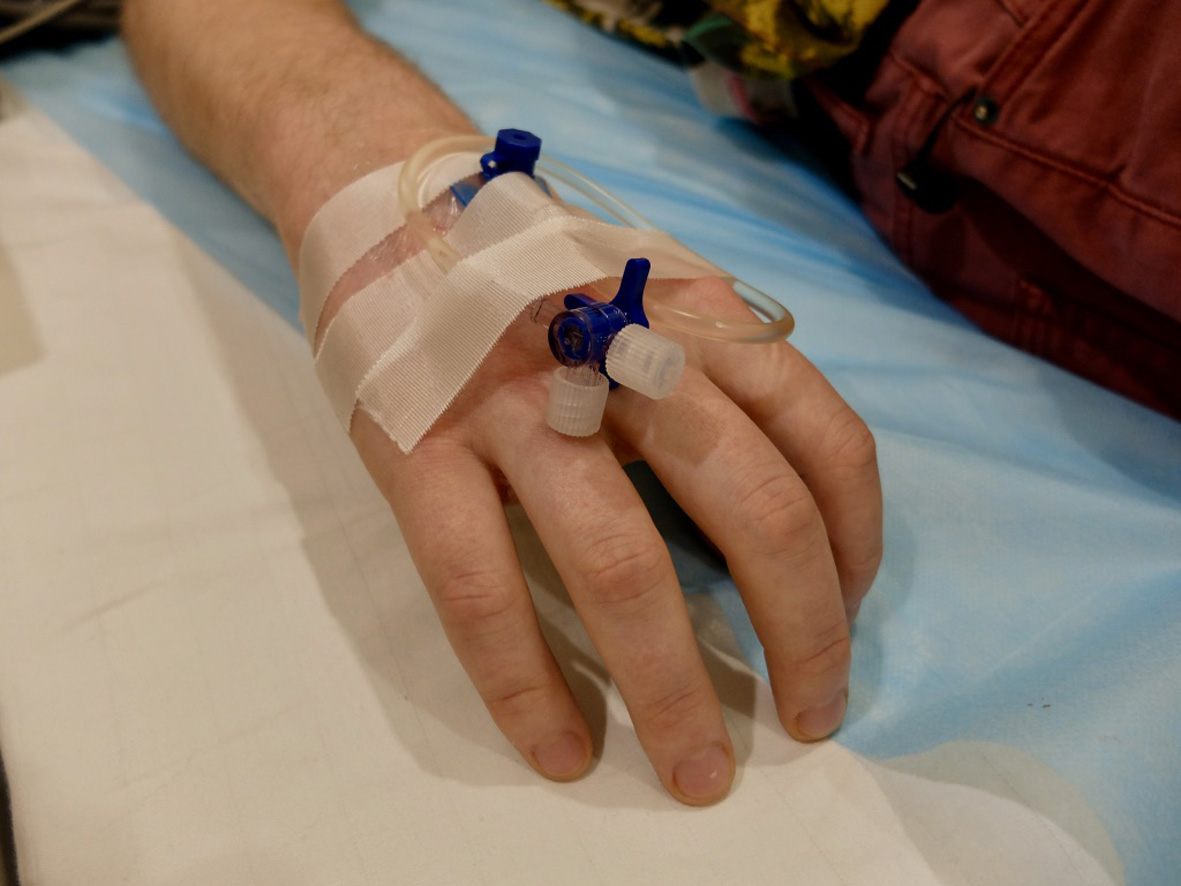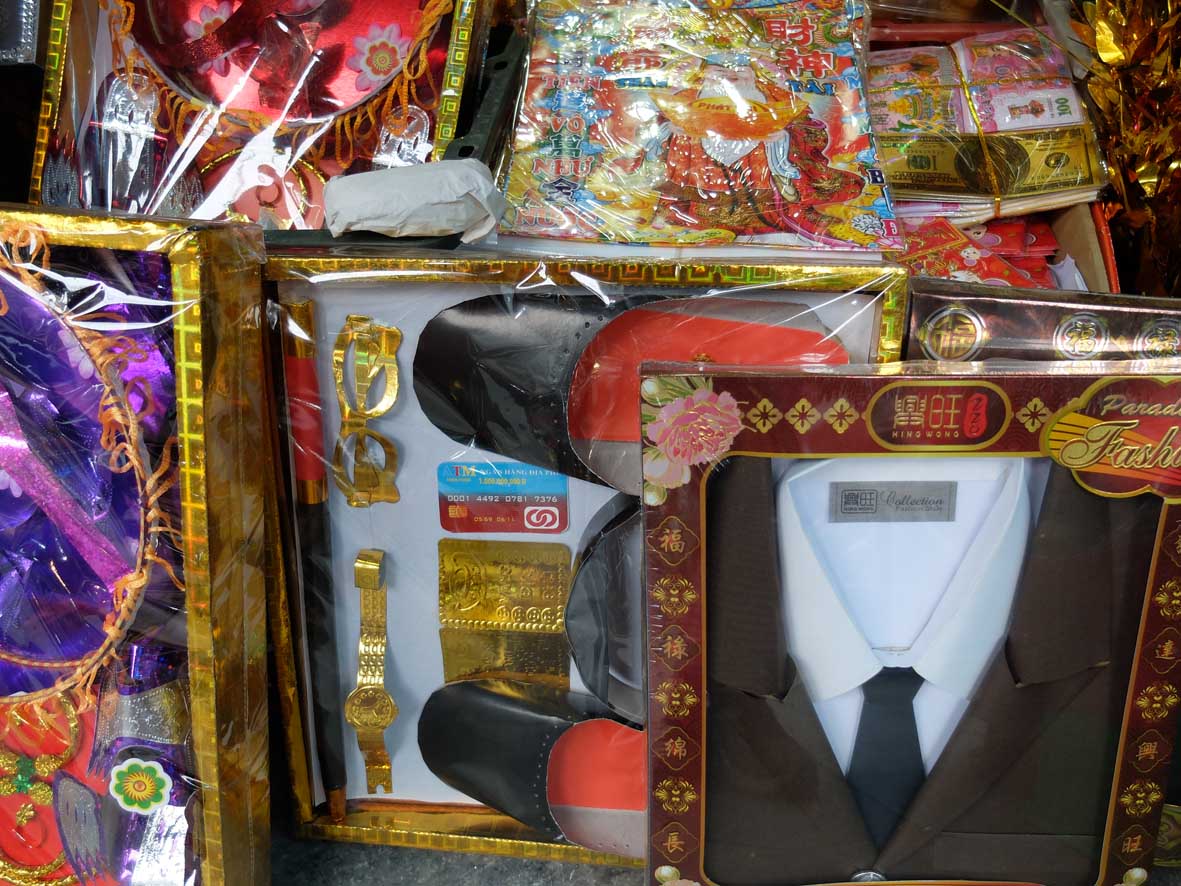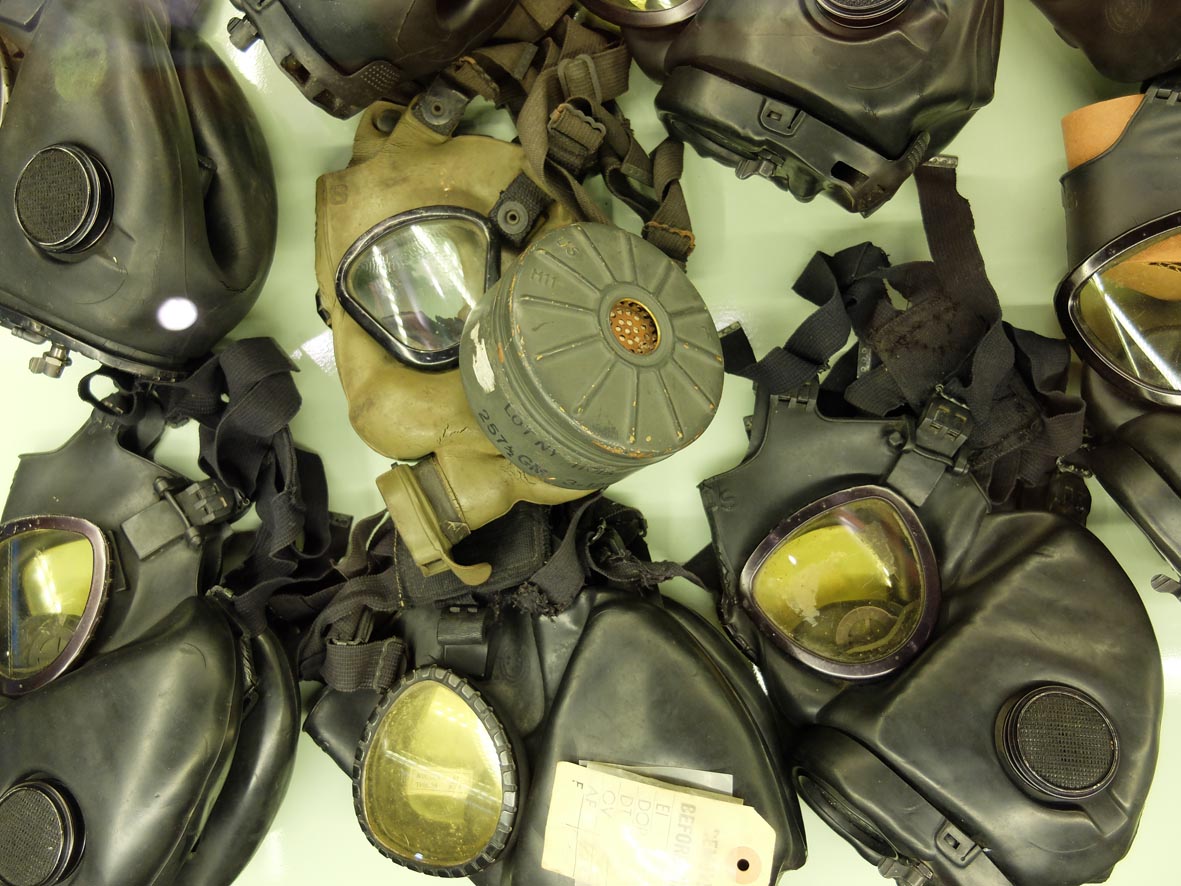06 Apr Corvid 19 +
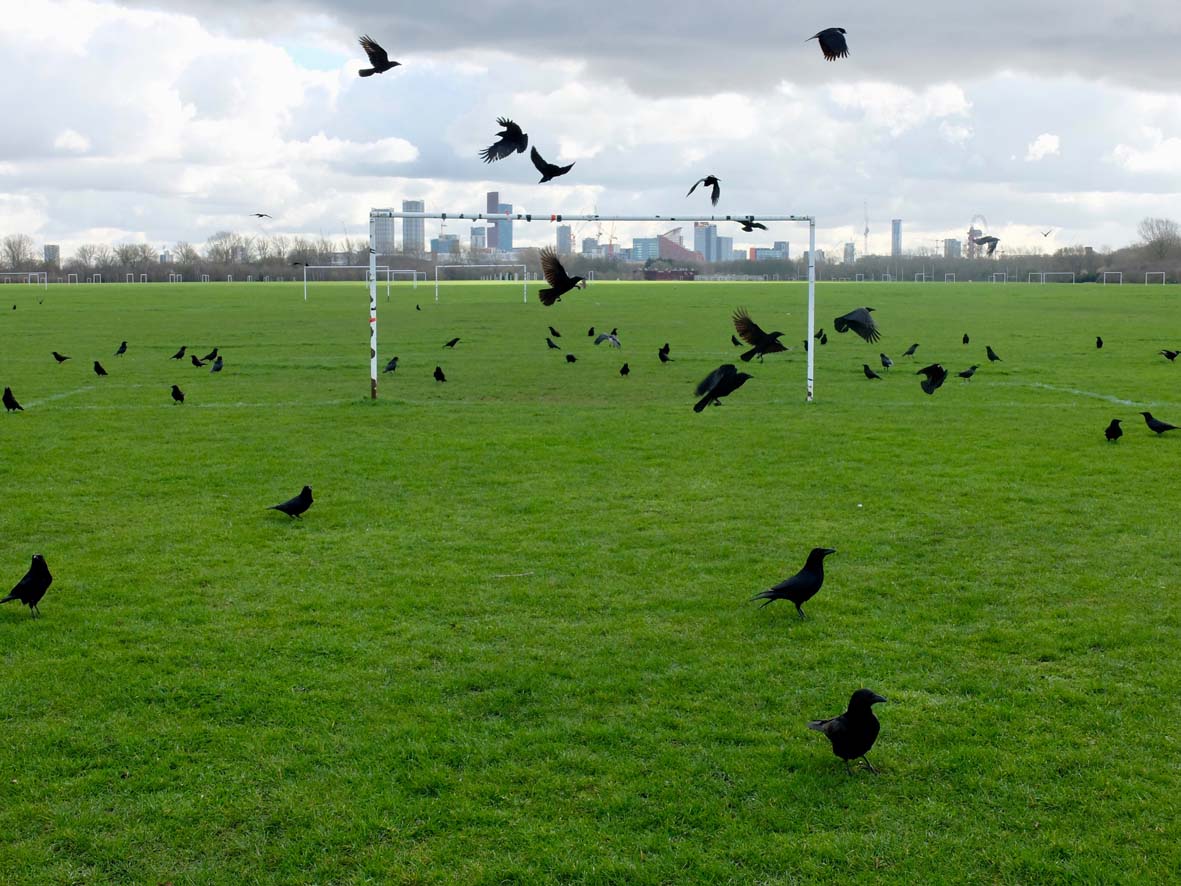 The Corvid family are smart. The genus includes Carrion Crows, Hooded Crows, Rooks, Jackdaws, Magpies, Ravens, Jays and Choughs. People are surprised that the crows on Hackney Marshes know me…but it’s not hard. Every day they spot a curious caravan of humans with bright plumage, dogs and a pram. They call out and land nearby. All winter they come, a regular crowd, more when it’s cold. They arrive for elevenses with eager hops to see what I have brought them – peanuts, suet or scraps. Despite our familiarity, they remain camera shy (strange black object). I feel their indignation when anything disturbs their feed – bicycles that stray from the path, dogs that race out of nowhere. I feel annoyed on their behalf when raucous toddlers, that want to watch them flap, run into their circle. I stand while they swoop towards me, then they circle overhead. They wait for me to stand back, give the dogs a treat, before they approach. Beaks on sunflower seeds have the most delightful popping sound. I tried to record their voices this week, not very successfully. The RSPB have done a better job. Now that warmth has arrived, they will feast on insects and forage until autumn. I cried this morning as their numbers dwindled to nineteen plus, already missing crow chatter. They will ignore me over the summer, despite my enticing conversational openers. I shall listen to this recording to remind me of their intelligent company, and well mannered, generous society.
The Corvid family are smart. The genus includes Carrion Crows, Hooded Crows, Rooks, Jackdaws, Magpies, Ravens, Jays and Choughs. People are surprised that the crows on Hackney Marshes know me…but it’s not hard. Every day they spot a curious caravan of humans with bright plumage, dogs and a pram. They call out and land nearby. All winter they come, a regular crowd, more when it’s cold. They arrive for elevenses with eager hops to see what I have brought them – peanuts, suet or scraps. Despite our familiarity, they remain camera shy (strange black object). I feel their indignation when anything disturbs their feed – bicycles that stray from the path, dogs that race out of nowhere. I feel annoyed on their behalf when raucous toddlers, that want to watch them flap, run into their circle. I stand while they swoop towards me, then they circle overhead. They wait for me to stand back, give the dogs a treat, before they approach. Beaks on sunflower seeds have the most delightful popping sound. I tried to record their voices this week, not very successfully. The RSPB have done a better job. Now that warmth has arrived, they will feast on insects and forage until autumn. I cried this morning as their numbers dwindled to nineteen plus, already missing crow chatter. They will ignore me over the summer, despite my enticing conversational openers. I shall listen to this recording to remind me of their intelligent company, and well mannered, generous society.
www.rspb.org.uk/birds-and-wildlife/wildlife-guides/bird-a-z/carrion-crow/



